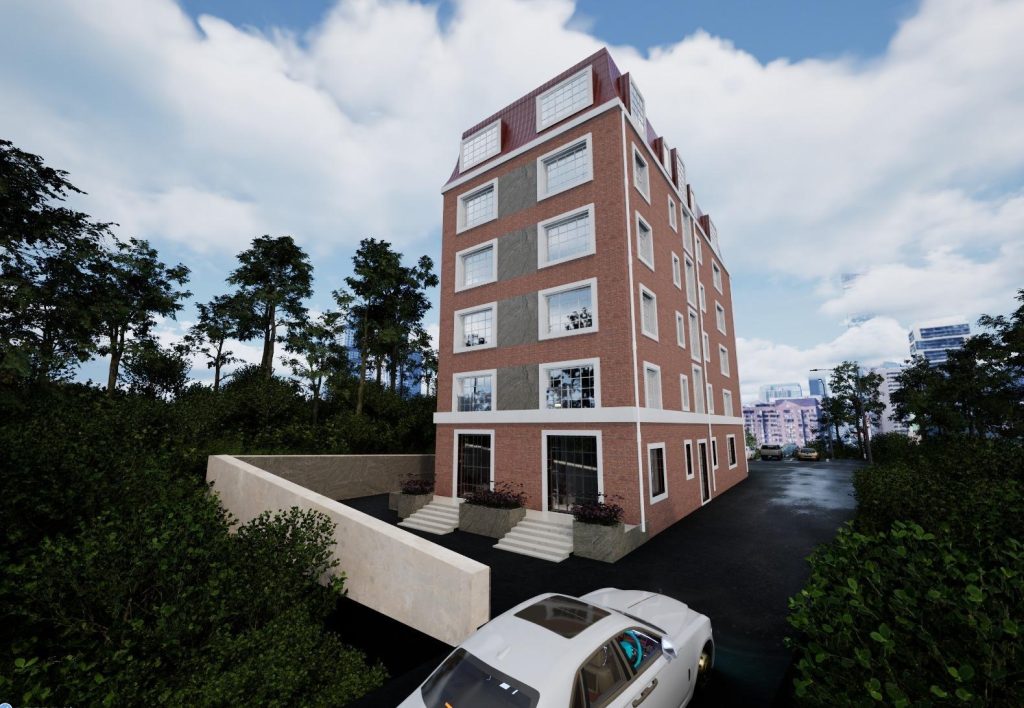Toronto’s laneway homes have gained significant attention as a sustainable and efficient way to maximize urban living space. However, before breaking ground on a laneway home project, it’s crucial to understand the zoning laws governing these developments. Proper knowledge ensures a smooth approval process and compliance with city regulations. Learn more with us!

What Are Laneway Homes?
Laneway homes are secondary dwellings located at the rear of a property and adjacent to a public laneway. They are typically smaller, self-contained units that can be used for rental income, housing family members, or even as personal office spaces.
Since Toronto approved laneway housing citywide in 2019, these units have become an innovative solution to the city’s housing shortage. But what makes them possible? Zoning laws.
Key Zoning Requirements for Laneway Homes in Toronto
To construct a laneway home in Toronto, you must comply with the city’s zoning bylaws. Here are the critical factors:
1. Property Eligibility
- The main property must abut a public laneway.
- A minimum lot width of 6 metres (approximately 20 feet) is required.
- The property should already host a primary residence, such as a detached, semi-detached, or townhouse.
2. Setbacks and Height Limits
- The laneway home must maintain a setback from the rear property line and neighbouring properties.
- Height is capped at 6 metres (approximately 19.7 feet) to ensure it doesn’t overshadow adjacent structures.
3. Parking Regulations
- While some projects require a parking spot, Toronto offers flexibility if street parking is sufficient or the main property has other provisions for vehicles.
4. Fire Access and Safety
- Laneway homes must have adequate access to emergency services.
- Compliance with fire separation requirements and fire hydrant accessibility is non-negotiable.
5. Servicing and Utilities
- The laneway home must connect to the primary residence for water, sewer, and electrical services. Independent connections are not allowed.
Why Zoning Laws Matter for Laneway Homes
Adhering to zoning laws ensures:
- Compliance: Avoid hefty fines or demolition orders for non-compliance.
- Safety: Regulations prioritize safe and sustainable construction.
Resale Value: Legal laneway homes increase property value.
"Understanding zoning laws is not just about following rules—it’s about creating a space that adds value to your property and enriches the urban landscape."
Why Choose Norseman Construction for Your Laneway Home?
As experts, Norseman Construction offers a seamless end-to-end experience. From understanding zoning laws to bringing your vision to life, our team ensures your laneway home meets regulations while reflecting your unique style.
Ready to transform your backyard into a valuable living space? Contact Norseman Construction today for a consultation.
Construction Disruption: Norseman’s new series on the future of building
The promise of industrialized construction on screen Canada’s housing crisis is intensifying, and the industry needs new solutions. Builders, policymakers, and homeowners alike are looking…
Supporting a Bold Vision for Industrialized Housing
Supporting a Bold Vision for Industrialized Housing Canada’s new housing vision On September 14, 2025, the Canadian government took a decisive step toward solving the housing…
How Six-Storey Innovation is Re-Shaping Housing in Ontario
Canada’s housing affordability crisis requires new solutions, and Norseman Construction is leading the way through Project LiveWell – an innovative approach to mid-rise housing that…


